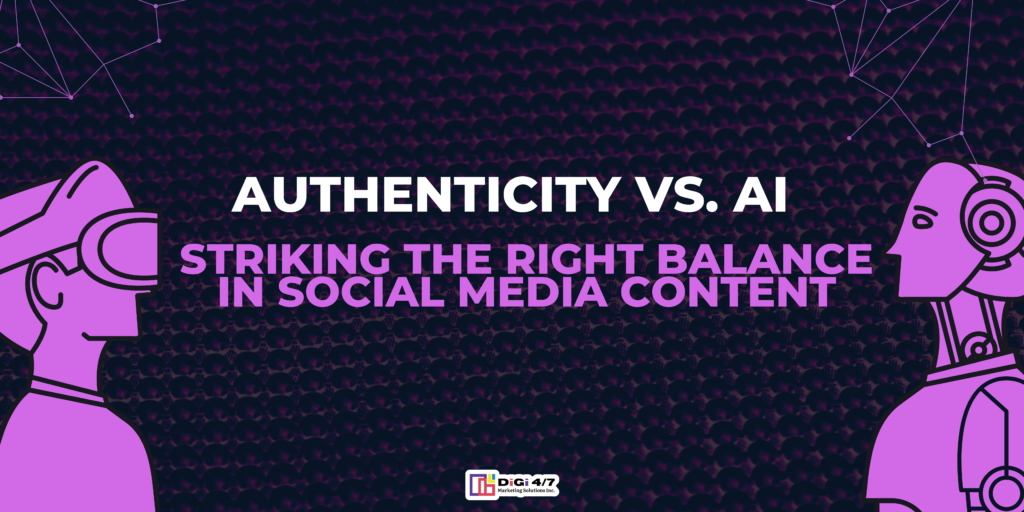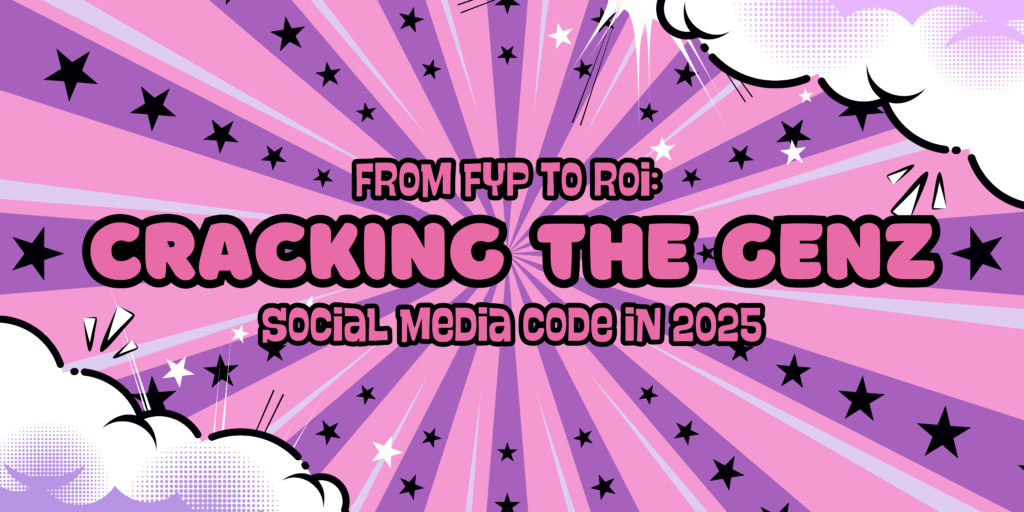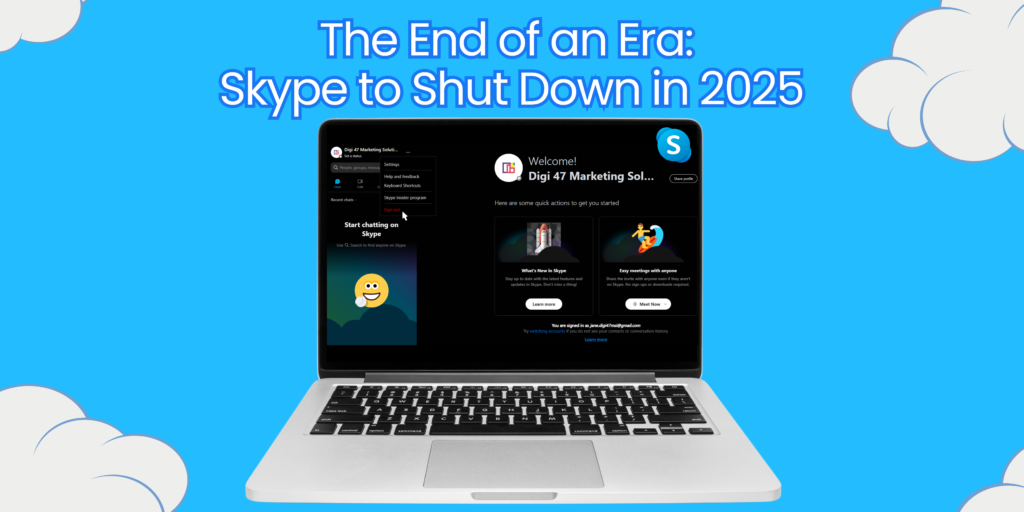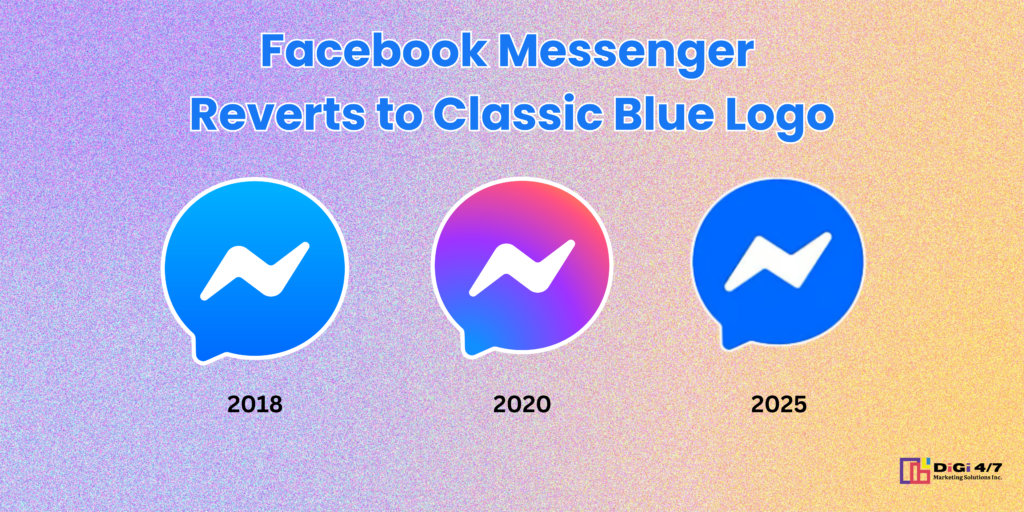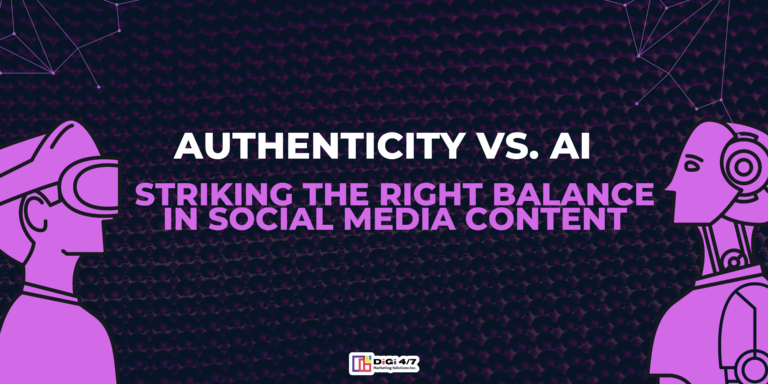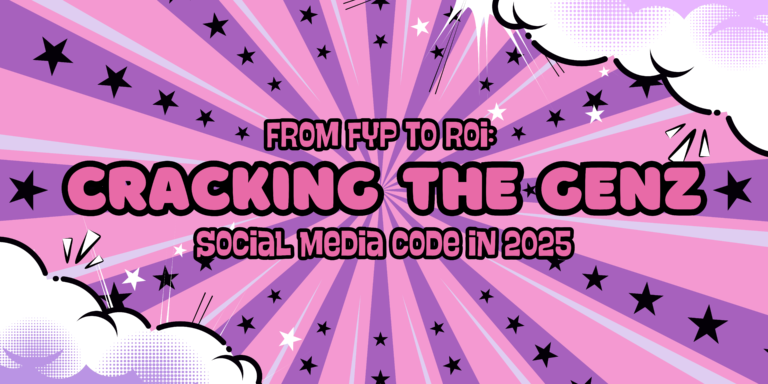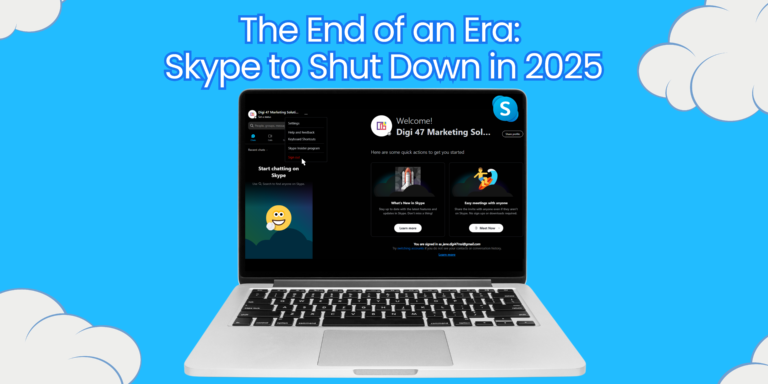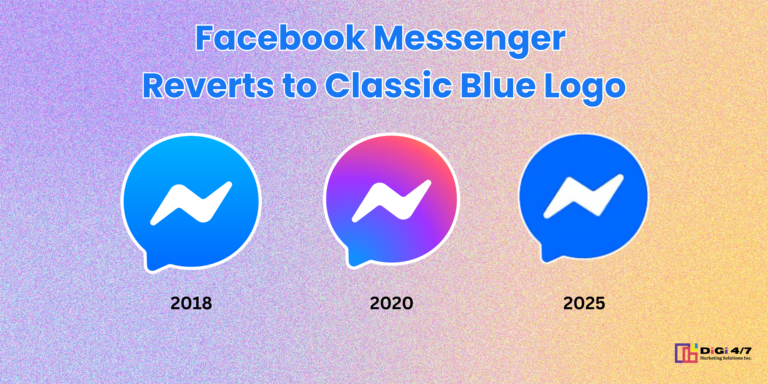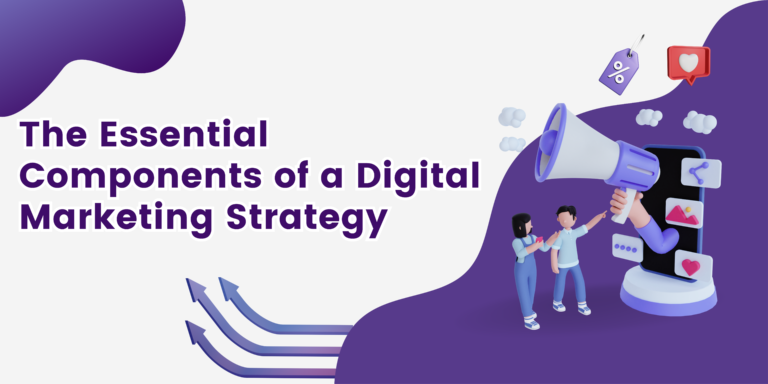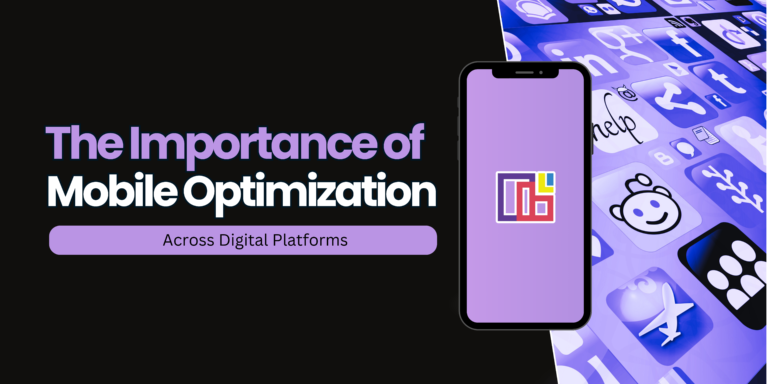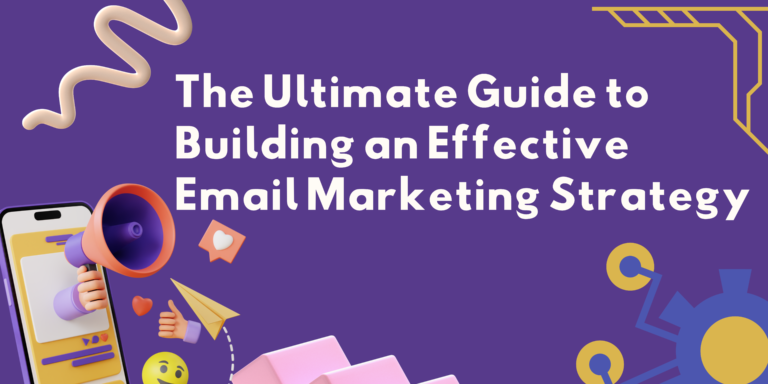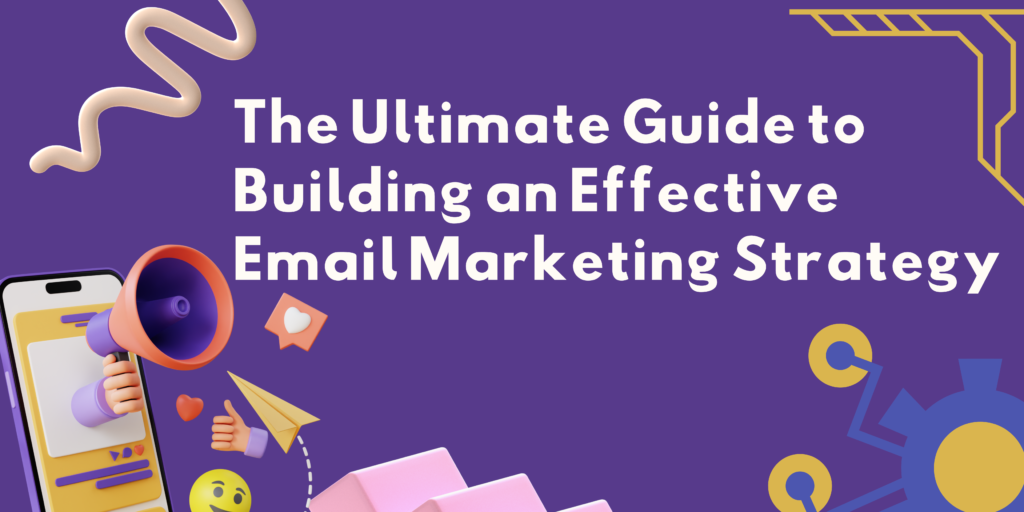
The Ultimate Guide to Building an Effective Email Marketing Strategy
Email marketing remains one of the most powerful tools for businesses to connect with their audience, nurture relationships, and drive sales. An effective email marketing strategy not only boosts engagement but also provides a measurable return on investment. This guide will walk you through the steps necessary to build a successful email marketing strategy, using an active voice to emphasize actionable insight
1. Define Your Objectives
Before you begin crafting emails, it’s crucial to define what you want to achieve with your email marketing campaigns. Are you looking to increase brand awareness, drive more sales, or perhaps nurture leads into customers? Clear objectives will guide every aspect of your strategy, from content creation to measuring success. For example, if your goal is to increase sales, your emails should focus on promotions, product highlights, and special offers.
2. Understand Your Audience
Understanding your audience is the cornerstone of any successful email marketing strategy. You must identify who your subscribers are, what they need, and how they prefer to engage with your content. Use tools like surveys, customer feedback, and analytics to gather this information. Create buyer personas to represent different segments of your audience, and tailor your messages accordingly. This targeted approach will make your emails more relevant and increase the likelihood of engagement.
3. Build and Segment Your Email List
A well-segmented email list is essential for delivering the right message to the right people. Start by building your email list through opt-in forms on your website, social media, and during events. Once you have a list, segment it based on factors like demographics, purchase history, and engagement levels. For instance, you can send personalized offers to loyal customers while targeting new subscribers with welcome emails that introduce them to your brand.
4. Craft Compelling Content
Your email content needs to capture attention and deliver value. Begin with a strong subject line that encourages opens; it should be intriguing, clear, and relevant to the recipient. Once the email is opened, the content must deliver on the promise of the subject line. Use a mix of educational content, promotional offers, and personalized messages to keep your audience engaged. Remember, the content should always align with the objectives you defined earlier.
5. Design for User Experience
An aesthetically pleasing design improves the user experience and encourages engagement. Your emails should be visually appealing, easy to read, and mobile-friendly, as many people access emails on their smartphones. Use a clean layout, incorporate your brand colors, and ensure that your call-to-action (CTA) buttons stand out. Additionally, include clear and concise text, supported by relevant images that enhance your message.
6. Automate Where Possible
Automation can significantly enhance the efficiency of your email marketing efforts. Set up automated campaigns for different stages of the customer journey, such as welcome emails for new subscribers, cart abandonment reminders, and post-purchase follow-ups. Automation ensures that your audience receives timely and relevant messages without requiring manual effort for each email.
7. Test and Optimize
Testing is vital to understanding what works and what doesn’t in your email campaigns. A/B testing allows you to compare different versions of an email to see which performs better. Test various elements, such as subject lines, email copy, CTAs, and send times. Use the insights gained from these tests to optimize future campaigns, continually improving your results.
8. Measure Success
To gauge the effectiveness of your email marketing strategy, you need to measure key metrics such as open rates, click-through rates, conversion rates, and unsubscribe rates. These metrics provide insights into how well your emails are performing and where improvements can be made. For instance, a low open rate may indicate that your subject lines need to be more compelling, while a high unsubscribe rate could suggest that your content is not resonating with your audience.
9. Ensure Compliance with Regulations
Compliance with email marketing regulations, such as the General Data Protection Regulation (GDPR) and the CAN-SPAM Act, is non-negotiable. These regulations require that you obtain explicit consent from your subscribers before sending emails and provide them with an easy way to opt out of future communications. Failure to comply can result in hefty fines and damage to your brand’s reputation.
10. Continuously Improve
Email marketing is not a set-it-and-forget-it strategy. Continuously monitor your campaigns, gather feedback, and make data-driven adjustments to improve performance. Stay updated with the latest trends and technologies in email marketing to keep your strategy fresh and effective.
Conclusion
Building an effective email marketing strategy requires careful planning, continuous optimization, and a deep understanding of your audience. By following these steps, you can create a strategy that not only meets your business objectives but also fosters lasting relationships with your audience. Keep your emails relevant, personalized, and engaging, and you’ll see the benefits of a well-executed email marketing strategy in your bottom line.

